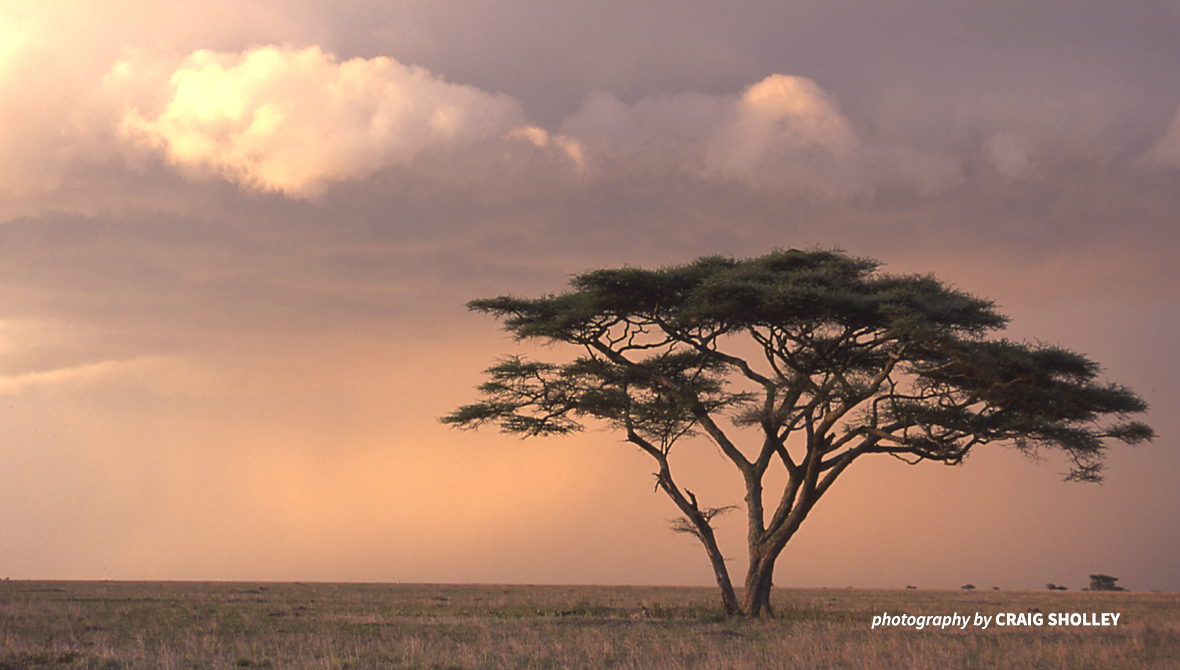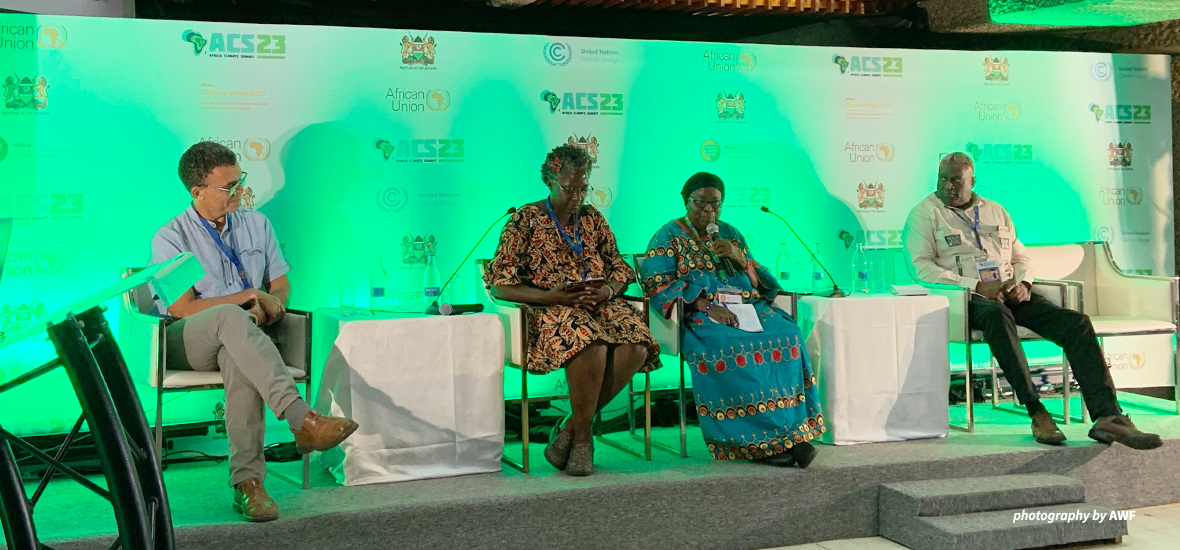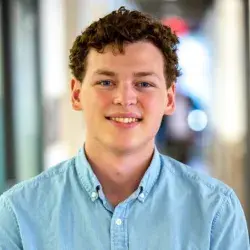Africa Climate Week: African CSOs center local ownership in biodiversity and climate finance

How can we cut through the jargon and uncertainty regarding climate and biodiversity finance, and how can we appreciate the value of real ownership of nature and wealth on the ground? A panel discussion during Africa Climate Week cut to the core of these questions, hosted by the African CSOs Biodiversity Alliance (ACBA) and titled, “Towards an effective, just and fair financial architecture in addressing the biodiversity and climate crisis.”
Dr. David Obura, Director at CORDIO East Africa and the newly-elected Chair of the IPBES, discussed the long-term implications of the climate finance architecture for Indigenous peoples, local communities, and youth.
“You have to ensure the right voices come through from local levels to keep informing the top-level decision-makers,” Dr. Obura said. “Markets as they are now perpetuate a top-down, impersonal approach to transactions. We need to make sure we don’t allow that to happen as carbon markets develop.”
A heavy focus on global goals leads to solutions that are alienated from the stewards of nature on the ground. Instead, whenever trade happens, we need to preserve agency at the local level.
“We really need to drive targets down to local scales so people can identify their contribution to the common good,” he said.
Pauline Nantongo, Executive Director at ECOTRUST Uganda, offered a crash course on the emerging framework for biodiversity credits, which operate like climate credits but target conservation metrics like species richness, species diversity, taxonomic dissimilarity, and habitat connectivity. She defined bio-credits as “a coherent unit of measurement to track conservation actions and outcomes that can be bought and sold to invest in biodiversity improvement.”
“The market is designed to be more holistic to build resilience of nature and people to climate change,” Nantongo said. She underscored that bio-credits must belong to the local communities, such as smallholder farmers who are stewarding the land. To be effective and just, they should reward stewardship and enable investment in conservation action.
She also reined in the buzz around digitization and artificial intelligence in conservation.
“You cannot automate the community engagement,” she said, calling for more trust in Indigenous communities. “Stop fearing Indigenous knowledge. Put them the center.”

Lucy Mulenkei, Executive Director at the Indigenous Information Network, shared how the financial architecture impacts Indigenous people and local communities.
“Indigenous people value land and nature they have looked after for many years,” Mulenkei said, emphasizing that 80% of biodiversity is found on Indigenous lands. “Can we align the credits with the good things stewards have done for many years?”
She described the gap of understanding that can occur between carbon credit brokers and IPLCs. “We need to help people understand these credits and how IPLCs benefit,” she said.
Mulenkei called for improving capacity-building among communities to engage with these financial mechanisms in a way that ensures full access to the funds, local ownership, and full understanding of credit agreements.
“The land of the communities needs to be recognized,” she continued. “You need to make sure that they own that particular land. Also, they have to understand Free, Prior, and Informed Consent. They need to understand if they will lose their land because they sign something they don’t know.”
Dr. James Murombedzi, Chief of the African Climate Policy Center (ACPC), UNECA, addressed the uncertainties and disagreements in defining climate finance and the methodologies used to quantify it. “Whatever we define it as, Africa receives very little,” he said.
“We need to interrogate why climate finance is so much about generating profits,” Dr. Murombedzi continued. “Carbon is not a commodity… You have to create a legal fiat to make it a commodity.”
He gave the example of measuring the amount of carbon in an ecosystem over a period of time, then trading the sequestered carbon and retiring the credit at the end of the registration period. This commodity is both artificial and temporary.
“The discourse reduces everything to its monetary value and excludes its potential in terms of other values.”
Dr. Murombedzi pointed out that climate solutions are not sufficient on their own to solve development challenges in Africa. Furthermore, high debts and rates of borrowing stand in the way of both agendas.
He spoke about his work on alternative financial innovations. “We promote schemes where we exchange part of the debt in exchange for ecosystems. Normally, it’s a reduction of the interest rate. But the debt remains, so you need other solutions, such as the blue economy approach, the Great Green Wall, and other initiatives with biodiversity and climate outcomes.”
Finally, he analyzed the global power dynamic. “The focus now goes back to the dominant financial system that has produced this crisis. Climate change is an externality of industrialization. Unless we address the economic system that produces these challenges, all of our solutions will be reformist and partial.”
>>Africa Climate Summit: The Nairobi Declaration has been adopted
